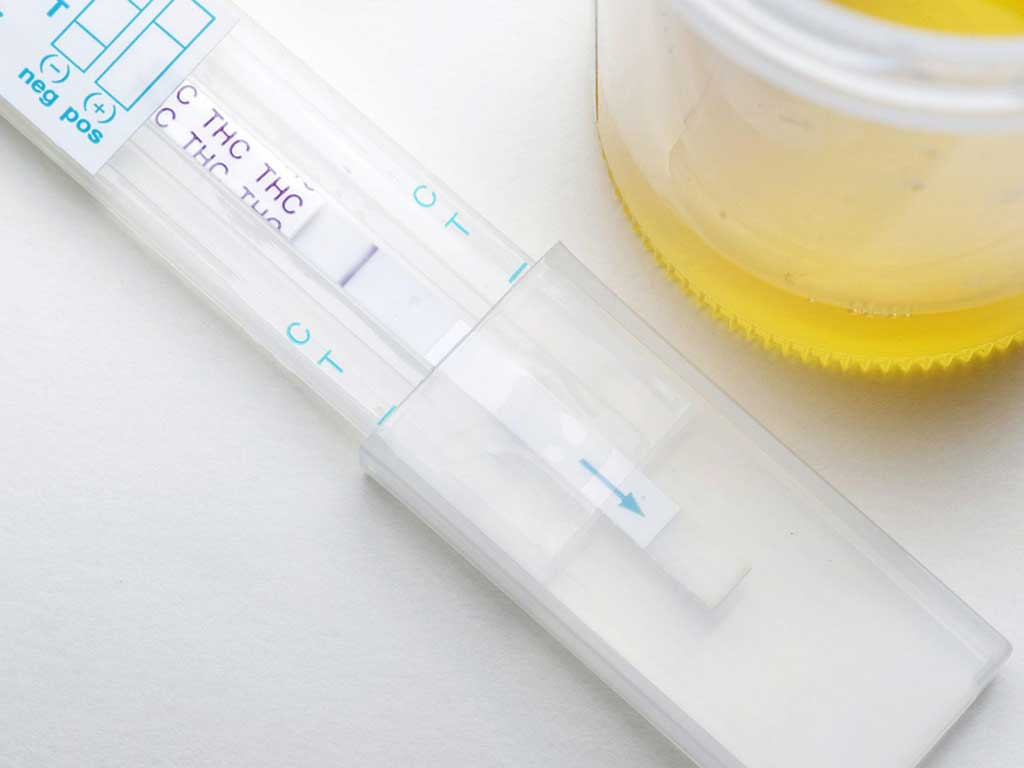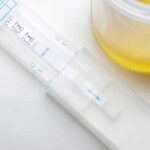Rapid Drug and Alcohol Testing: What It Is, How It Works, and Results
23 November, 2023

Drugs and alcohol misuse have many adverse effects on the safety of individuals and the community. Fortunately, rapid drug and alcohol testing helps prevent those risks by identifying those who are intoxicated or impaired. It utilises kits and devices to determine substance use. These kits have panels to detect specific substances. They produce accurate positive or negative results depending on whether they find traces of substances within the provided specimen.
Instant saliva and urine testing are possible using kits. Meanwhile, breath tests use breathalysers to measure blood alcohol levels. These are helpful when conducting workplace testing and roadside testing. These kits can detect various substances, including ethanol, marijuana, and cocaine. However, they are limited to the available panels in the testing kit. Furthermore, many may find it challenging to properly use the kits initially. This article will present what rapid testing is, how it works, and its accuracy.
What is a Rapid Drug and Alcohol Testing
Rapid drug and alcohol testing refers to a method that quickly and efficiently determines if an individual is abusing illicit drugs, liquor, or prescription drugs. This type of screening is often done in workplaces, schools, and healthcare facilities. In addition, law enforcement uses these during roadside tests to identify intoxicated drivers.
The rapid screening process typically involves using specialised kits or devices that quickly analyse specimens. For example, many instant kits are available for analysing urine and saliva samples. In addition, there are disposable and reusable breathalysers that measure Blood Alcohol Concentration (BAC) levels. These tests are available for people to buy online or in physical stores like pharmacies.
Rapid tests help detect many substances. It aids in identifying those with substance abuse problems and allows them to get treatment for their condition. Illicit substance misuse has many severe consequences. Hence, companies implement policies to ensure workplace health and safety. A crucial part of workplace policy is testing because it deters people from the abuse of drugs and liquor.
What Substances are Tested for
- Ethanol: an active ingredient in alcoholic beverages.
- Marijuana: a psychoactive substance that many use for medical and recreational purposes. It is from the cannabis plant.
- Cocaine: a popular stimulant and recreational drug. This is made from the leaves of a coca plant.
- Opioids: these are a class of drugs often used for pain relief. Common types include methadone, oxycodone, and morphine.
- Amphetamines: stimulant drugs that many use to treat attention-deficit hyperactivity disorder (ADHD) and narcolepsy.
- Phencyclidine (PCP): an anaesthetic commonly used for its hallucinogenic effects.
- Barbiturates: depressant medicines often used to treat insomnia and seizures.

How Rapid Drug and Alcohol Testing Works
The substances a person consumes get absorbed into the body when the stomach and liver process them. In particular, the liver metabolises the substances and produces metabolites. These stay in the body for longer periods than ethanol or drug compounds. Rapid drug and alcohol testing may detect the parent drug or the metabolites.
Rapid test kits use immunoassays to analyse the specimen. After a few minutes, these will produce a positive or negative result. However, these do not measure the amount of substance traced. Instead, it reacts if the amount exceeds the cut-off levels. Due to their instant nature, these kinds of tests have various limitations and challenges. However, they help with quick initial screening.
Urine test kits usually include a urine collection container for the urine samples. This may have built-in panels inside or come with a dipstick. Meanwhile, oral fluid testing kits come with a swab stick and a container with panels for analysis. Lastly, breath testing involves the use of alcohol testing devices. Breathalysers have semiconductor or fuel cell sensors. These produce chemical reactions when they come into contact with ethanol in the breath samples.
Limitations and Challenges
Rapid tests offer the convenience of speedy results. This is crucial for workplace testing and emergency medical scenarios. However, they also come with their own set of limitations and challenges. One limitation is the potential for false positives or negatives. This may occur due to various factors, such as the test sensitivity.
Furthermore, these tests have a limited ability to detect substances. They are limited to the built-in panels and cannot provide a comprehensive screen. It also faces the challenge of difficulty in ensuring proper handling and collection of samples. Even with instant test kits, users must follow guidelines for a successful test.

Accuracy of Results of Rapid Drug and Alcohol Testing
The accuracy of the results of rapid drug and alcohol testing is crucial for several reasons. For one, it helps companies maintain a safe workplace for all employees, guests, and contractors. In addition, it aids in legal and regulatory purposes. These include criminal investigations and probation monitoring. It also helps identify those with substance use disorders. As such, testing kits are reliable and accurate when used properly.
However, like with most tests, there are possibilities of false positive and negative results. This is why people do confirmatory testing after an initial non-negative result. Lab testing uses advanced techniques that accurately identify and quantify the amount of the substance in the body. Moreover, per Australian Standards requirements, an initial non-negative outcome laboratory testing is needed to confirm the first results.
To ensure the accuracy of the test results, users must carefully select their kits or breathalysers. They should understand which panels are in the testing kits and strictly follow the instructions on the labels. For breathalysers, workplaces should use FDA-certified devices. Moreover, they may benefit from using police-grade sensors, like those in BACtrack breathalysers.
Possibility of a False Non-Negative Result
A false non-negative result is often a possibility due to several factors. Certain medical conditions may cause the body to produce substances that interfere with tests. People may observe this with those who have diabetes, urinary tract infections, and liver diseases. Some medications also interfere with how the body metabolises other substances.
Moreover, environmental factors may also play into a false positive result. Some kits and devices find it difficult to distinguish between exposure to products with ethanol and actual consumption. Thus, laboratories often use specialised methods like gas chromatography-mass spectrometry (GC-MS) in confirmatory testing.
Conclusion
Rapid drug and alcohol testing is a crucial tool for quickly and efficiently identifying impaired individuals. This helps ensure the safety of the community by lessening risks on the road and at work. Urine and saliva kits come with collection tools and panels for detecting specific drugs. These produce non-negative results if they trace substances in the sample. Meanwhile, breath alcohol testing uses breathalysers to measure BAC levels.
Test kits can provide accurate and reliable results. In particular, some breathalysers have police-grade sensors. However, they do have limitations. One example is the limited amount of substances they detect. Thus, it is vital to use confirmatory laboratory tests to support the initial report. Moreover, it is important to remember that several factors may cause false positive results. This includes the medical condition of the individual. Hence, some cases require the use of methods like GC-MS.






























